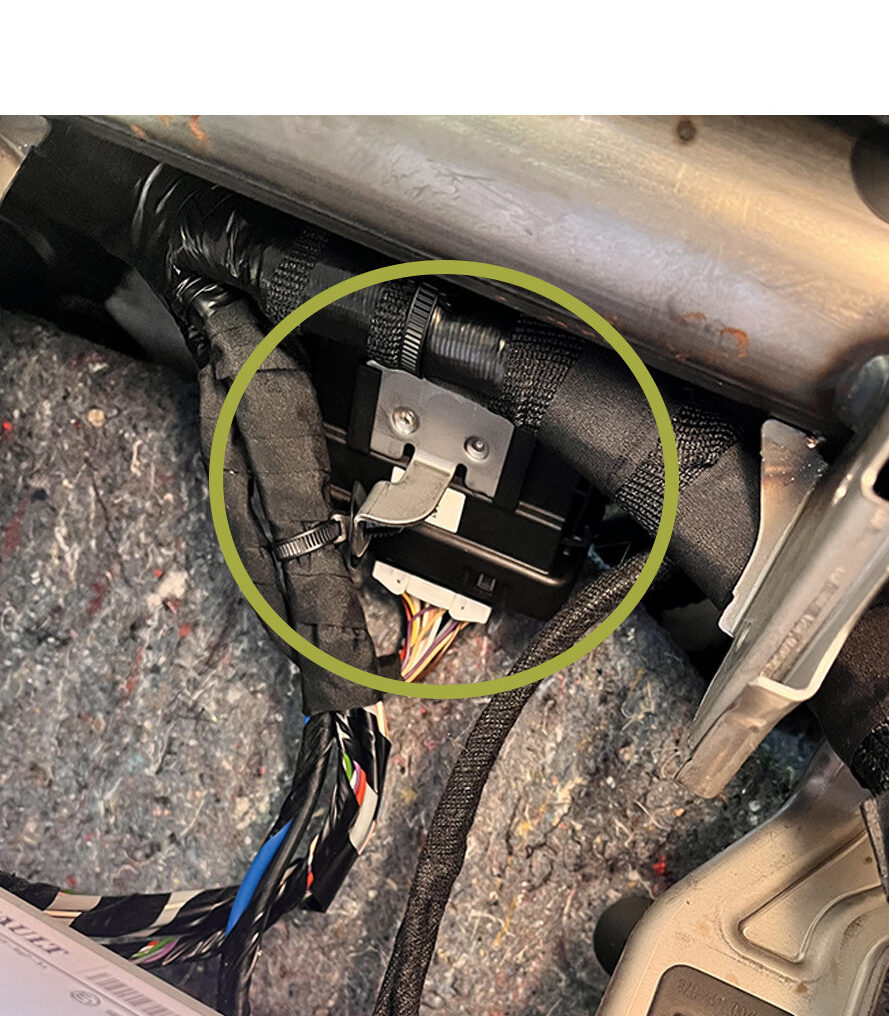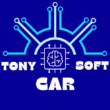The Security Gateway (SGW) is an electronic control unit used by Renault and Dacia in new-generation vehicles to protect communication between the diagnostic port and the car’s ECUs (engine, ABS, BCM, etc.).
It prevents unauthorized access, blocking advanced diagnostic and programming functions unless the gateway is bypassed or unlocked.
If you use diagnostic software like RenOLink, DDT4All, or Renault CAN Clip, you’ll need to locate the SGW to connect your bypass cable and perform operations such as:
- ECU programming and flashing
- Key learning and immobilizer adaptation
- DTC clearing and configuration updates
SGW Locations by Model
Below are the confirmed Security Gateway locations for the most common Renault and Dacia models.
1. Renault Clio V / Captur II / Zoe (2019+)
- Location: Behind the glovebox, passenger side.
- Access: Remove the glovebox and look above the dashboard area near the infotainment (Easylink) wiring harness.
- Tip: Ideal place to connect your Renault SGW Bypass Cable when using RenOLink or DDT4All.
2. Dacia Sandero III / Logan III (2021+)
- Location: Behind the driver’s fuse box, near the OBD connector.
- Access: Remove the lower dash cover or kick panel under the steering wheel. The SGW is clipped close to the fuse holder.
- Tip: For left-hand-drive models, the module is located just above the OBD port. Right-hand-drive versions may have it mirrored.
3. Dacia Duster III (2022+)
- Location: Behind or above the driver’s fuse box, same layout as Sandero and Logan.
- Access: Remove the lower dashboard panel to expose the small rectangular SGW module.
Tools and Software for SGW Access
To unlock full diagnostic and programming features, you’ll need:
- Renault / Dacia SGW Bypass Cable – allows safe connection to ECU systems.
- RenOLink Software – for advanced configuration, key programming, and ECU read/write.
- CANCLIP – for configuration and testing parameters.

Bypassing the SGW is essential for:
- Full ECU diagnostics and adaptation
- Key programming and immobilizer operations
- Resetting service intervals and DTCs
- Enabling new electronic functions
